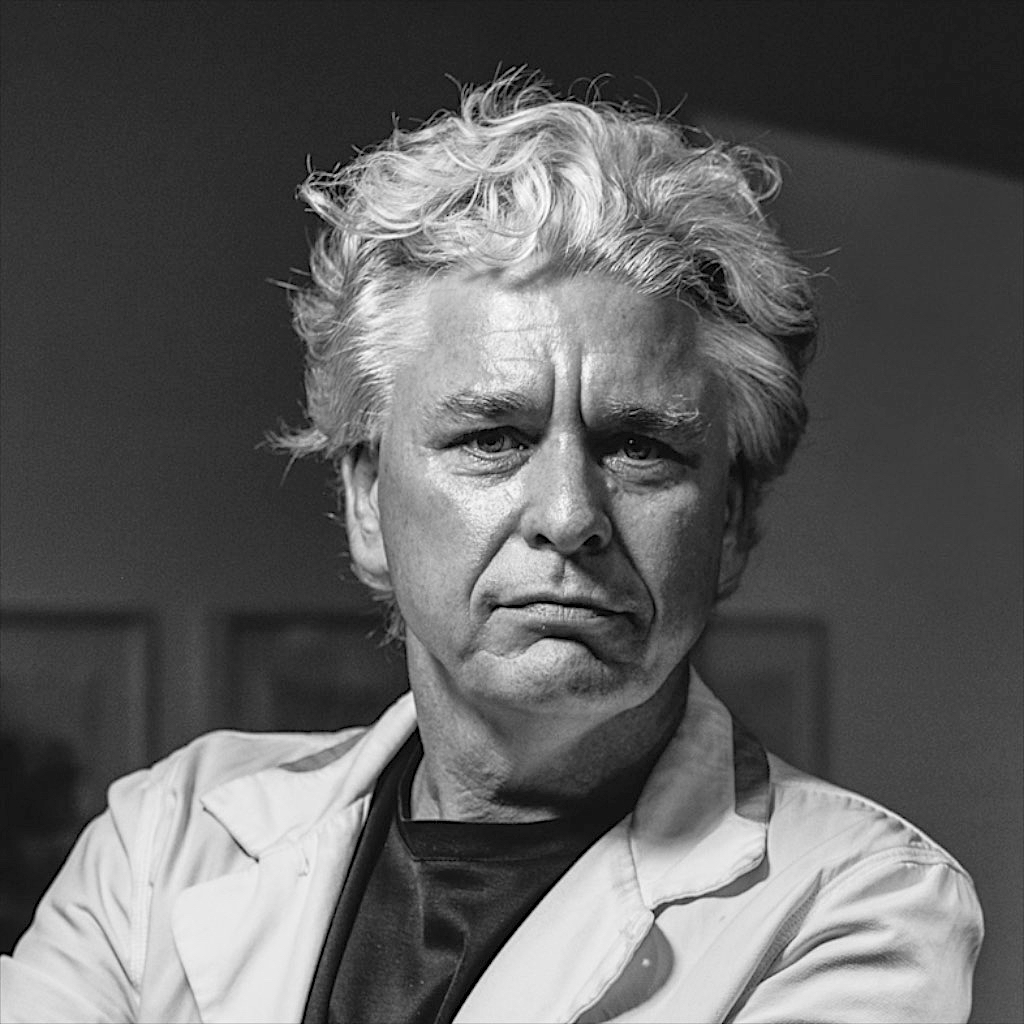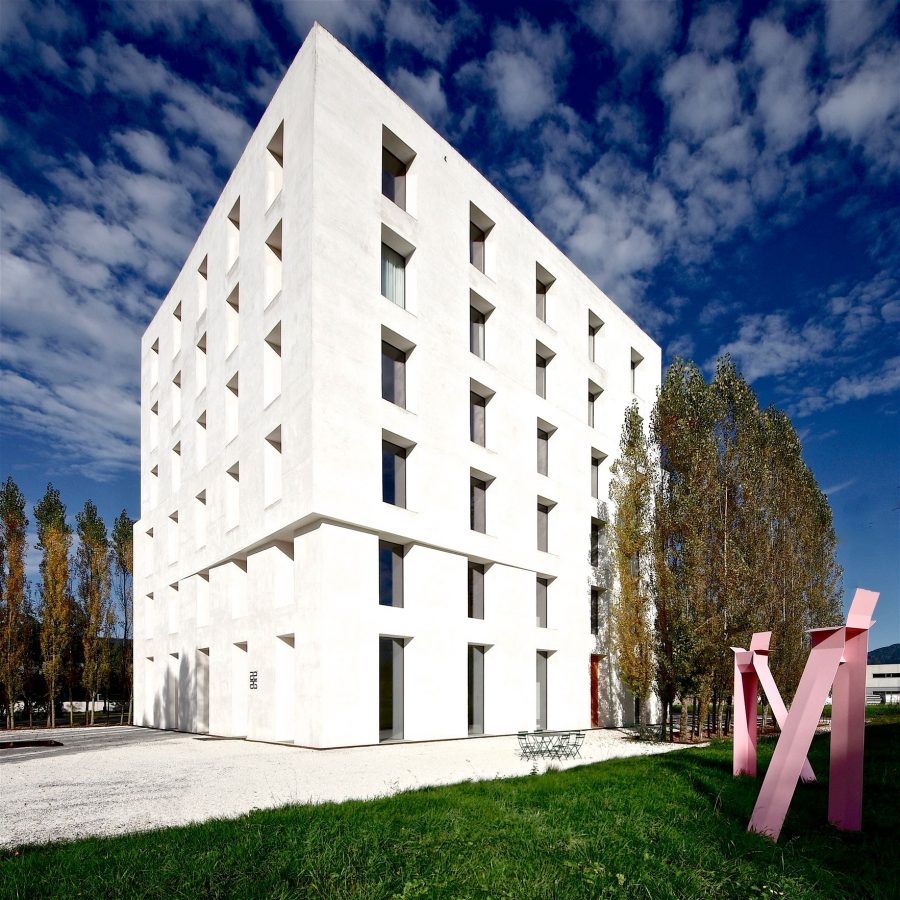Guiding Architects @Home -This week: Willem Bruijn of onehundredyears

Here comes the tenth edition of our interview series. This time Willem Bruijn of onehundredyears in Bregenz / Vorarlberg shares his tips with us.
1. Empty
Under normal circumstances, most attractive squares and buildings are overrun by locals and tourists, and we have developed the tendency to avoid them in our everyday lives. But now our cities are suddenly empty.
Which architecturally and urbanistically interesting places in your city would you like to explore at the moment?
My city is a country: Welcome to Vorarlberg, between Lake Constance and the Alps, which are more than 3000 meters high.
And please don’t worry, keeping social distance is a matter of course in our valleys and mountains. Vorarlberg offers you a lot of freedom. Enjoy architecture and culture in a great natural setting.
Architecture shapes the country. Experience here how the future of the old becomes a future. The modern architecture, the clear design in Vorarlberg and the associated courageous rights also go hand in hand with the tradition of building culture and handicraft in this country.
2. Virtual
Despite the current confinement, the internet allows us to travel around the globe within seconds and gain unexpected insights with the help of detailed aerial and street views.
Can you name an interesting example of architecture which is determined by the bird‘s eye view?
From above, from the mountain or from the Pfänder cable car, it attracts attention: a shining cube on Lake Constance. Architect Peter Zumthor:
„The Kunsthaus stands in the light of Lake Constance. Its body is made of glass plates, steel and a stone mass of poured concrete, which forms structure and space inside the house. Seen from the outside, the building looks like a light fixture. It absorbs the changing light of the sky, the haze of the lake, reflects light and color and, depending on the perspective, time of day and weather, gives an idea of its inner life.“
3. Revitalized
In former crises the older generation often had to help the younger ones. Now the opposite is the case.
How does your city deal with old, disused or abandoned buildings and areas?
Converted farmhouses in the Bregenz Forest – a culture that comes from the past, works in the present and shines into the future.
The building culture of the Bregenz Forest is internationally known. It combines traditional craftsmanship with contemporary, high-quality architecture. The most important construction task is the conversion of old farmhouses into residential buildings. We visit the best implemented conversions, deal with the special features of this design task, with the history of the house type and the socio-economic background of rural building culture.
4. Hidden
As Guiding Architects, we‘re all longing to revisit hidden places in our cities and share this experience with our guests.
Can you tell us about a project in your city which is not visible at fist sight?
The Theodul Chapel on the Niedere: a perfect vantage point, with a view over the northern Bregenz Forest and as far as Lake Constance.
You can only see it when you look closely: The silver-gray Theodul Chapel, newly built a few years ago, stands at an altitude of 1,600 meters on the edge of the Niedere mountain.
The Niedere rises in the Bregenzerwald between Andelsbuch and Bezau. Thanks to the sensational panoramic view from the vast mountain ridge, it is a popular hiking mountain. From here you can see mountains and Lake Constance. Sometimes it is very quiet around the wooden structure, sometimes paragliders who are ready to take off gather here.
5. Valuable
Suddenly we‘re forced to pause for a while and refrain from everything unnecessary. The environment gets a chance to catch its breath, and we can finally concentrate on important things.
Is there a project in your city with a remarkable or unusual approach to sustainability?
Visionary thinking for the future: a universal prototype. A global role model. What can a person regulate if one does without any systems for heating, ventilation and cooling in a functionally neutral house? The answer is 2226 and stands in Millennium Park Lustenau.
A building as a tangible part of its surroundings. More than just architecture. And a name that was not chosen arbitrarily: in the 2226 the temperature is constantly between 22 and 26 degrees. The heat sources in the house are those who are present anyway: the users themselves – each person has an average heat emission of 80 watts – as well as the lighting, computers, copiers and even coffee machines.
The 2226 is impressive. Through reduction, lower construction costs, lower energy costs, a more natural climate and thus more well-being.

House 2226 Lustenau – Vorarlberg Austria. Baumschlager Eberle Architects. Photo by ©Willem Bruijn onehundredyears






No Comments